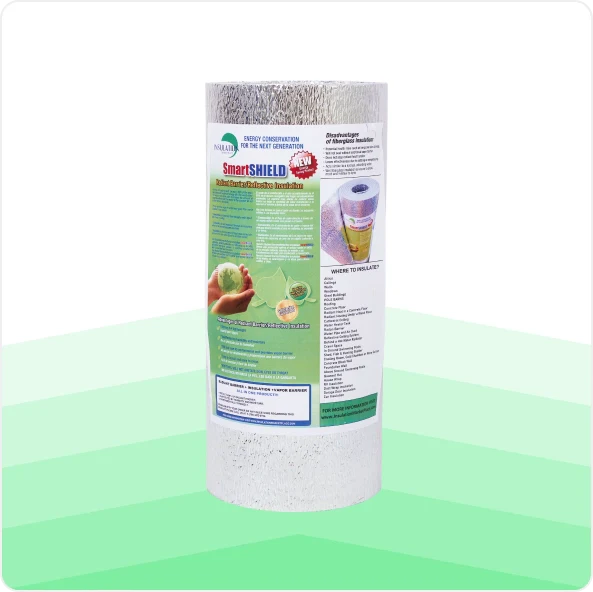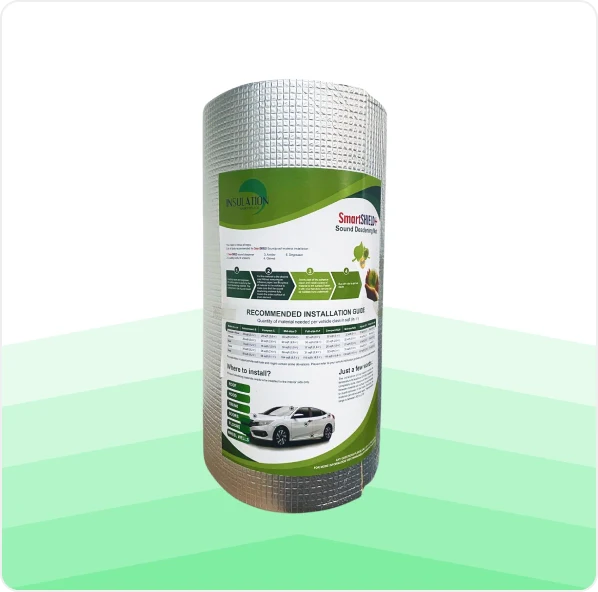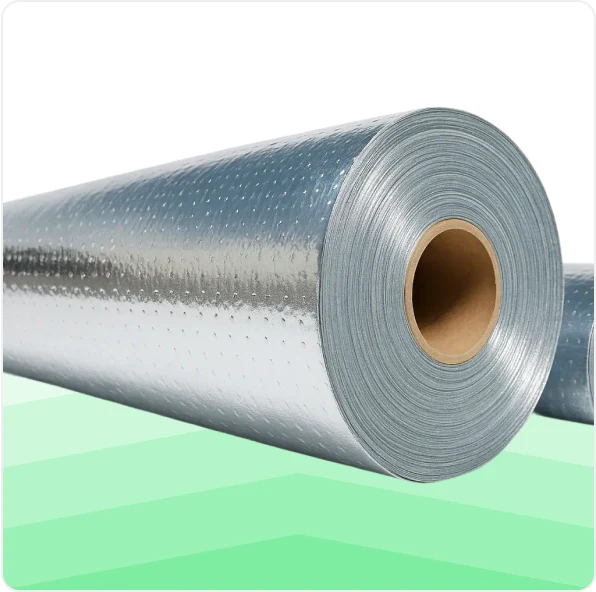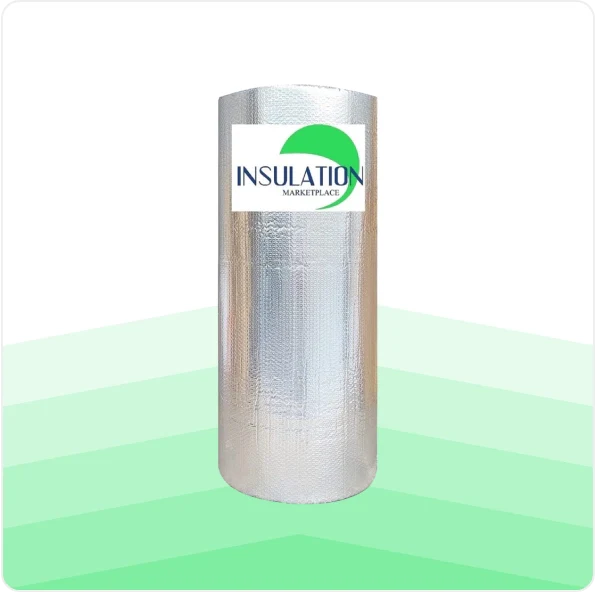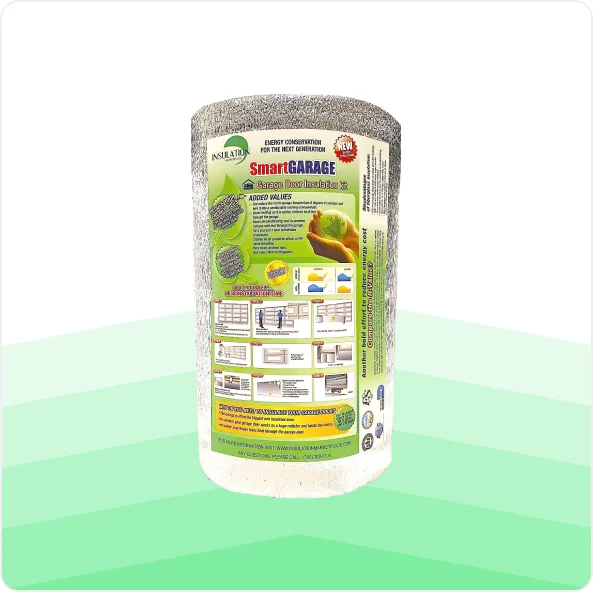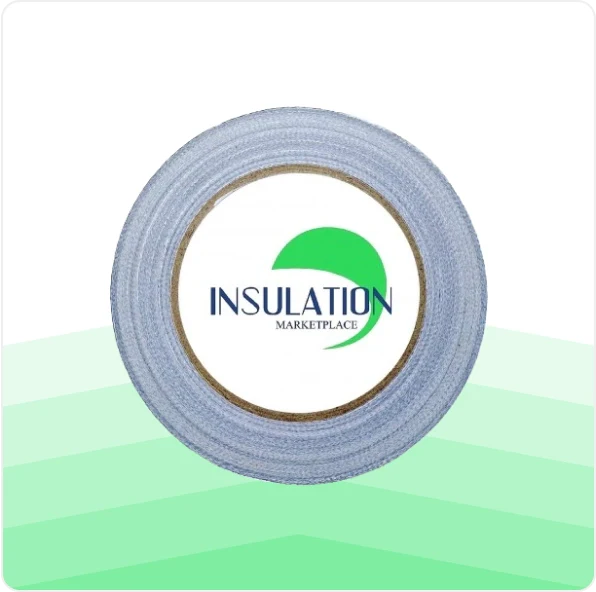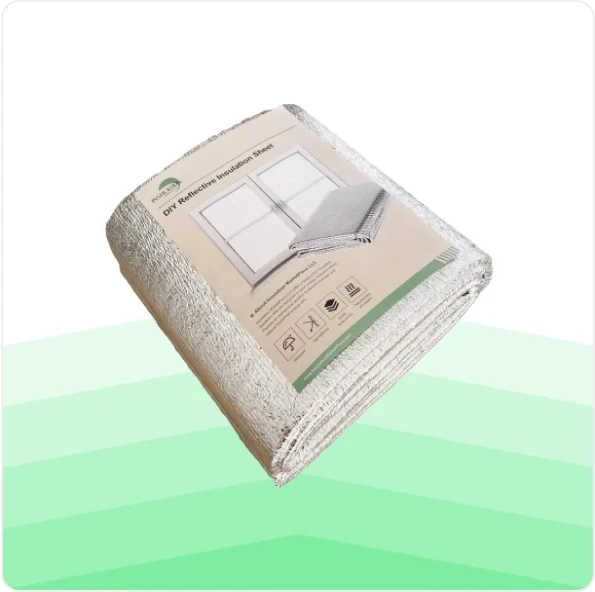A Quonset hut is a lightweight, prefabricated structure characterized by its semi-circular, arched design made from corrugated steel. Originally developed during World War II by the United States Navy, Quonset huts were designed to be quickly assembled and versatile for various military needs, including barracks, storage, and workshops. They have since become popular for a wide range of civilian uses due to their durability, ease of construction, and cost-effectiveness.
The Most Popular item is SmartSHIELD 10MM. The following are excellent 5MM choices: SmartSHIELD 5mm Reflective Insulation and SmartSHIELD 5mm White Insulation . Other options include: Single SmartBUBBLE Insulation or Double SmartBUBBLE Insulation.

How To Insulate A Quonset Hut

The equipment checklist includes:
- Reflective tape
- A utility knife
- Perforated insulation pins with caps
- Heat gun (for sealing seams of SmartSHIELD 10MM).
Step 1: Put a glob of glue on the base of the perforated pins. Press the base of the perforated pins on to the metal sheeting. It's fine that the adhesive oozes through the holes of the base (you can smooth it out if you want). This part of the adhesive helps hold the anchor pin on to the metal. Space pins 1 per square foot. Allow 24 hour cure time. The cure time can vary depending on the temperature and humidity
Step 2: Push the insulation on to the pin. Once it's through the pin, push the cap onto the pin and press it down to secure the insulation.
Step 3: Once the insulation is secured, snip the end of the pins. You may also want to apply tape over the cut tip of the pin to avoid someone getting cut.
A quonset hut requires a Radiant barrier, Vapor Barrier, and Insulation because of the unique nature of the metal arches. The sun's rays on the metal surface creates unbearable heat inside the building in the summer. Cold winter temperatures are exaggerated by the metal sheeting making it frigid inside. Warm temperature on a cool metal creates sweating (condensation). SmartSHIELD Reflective Insulation serves a true vapor barrier and condensation eliminator. It has a high R-value and it prevents radiant heat transfer (primary source of heat-flow).


SmartSHIELD Reflective Insulation is superior to fiberglass in quonset metal buildings because:
- Its R-value is unaffected by humidity or water.
- It doesn't mildew or promote fungus growth
- It keeps the building cool in the summer
- It doesn't promote nesting for rodents, bugs and birds.
- It is much easier and less expensive to install.
SmartSHIELD Reflective Insulation is superior to fiberglass insulation in quonset buildings because the heat from the metal skin doesn't cause its center to collapse. With a pressure of 6 PSI SmartSHIELD compresses just 6%. When the load is relieved it takes back its initial shape. The density of the foam is between 34 Kg/m3 - 54 Kg/m3. This gives the material real body.
Benefits of Insulating a Quonset Hut
1. Energy Efficiency: Reduces heat loss in winter and heat gain in summer, leading to lower energy costs.
2. Comfort: Maintains more consistent indoor temperatures.
3. Condensation Prevention: Helps prevent moisture buildup, which can lead to rust and mold.
4. Soundproofing: Reduces noise from outside and within the structure.
5. Extended Lifespan: Protects the steel structure from temperature fluctuations and moisture damage.
Disadvantages of Spray Foam Insulation In Quonset Metal Buildings
- High spray foam insulation cost
- It doesn't prevent radiant heat transfer (the primary source of heat transfer into and out of a building - especially metal buildings and pole barns.
- Do it yourself spray foam insulation can't be done by yourself to retrofit an existing building structure because of the chemicals and processes involved.
- Nearly impossible to use in conjunction with another insulation type.
- R-value will diminish slightly with age.
- With the exception of cementite foams, spray foam insulation can release toxic fumes when it burns.
- According to the U.S Environmental Protection Agency, there is insufficient data to accurately assess the potential for exposures to the toxic and environmentally harmful isocyanides which constitute 50% of the material.
- Depending on usage, building codes and environment, most foams require protection with a thermal barrier such as drywall on the interior of the house.
- Can shrink slightly while curing if not applied on a substrate heated to manufacture's recommended temperature.
- Although CFC's are no longer used, many use HCFCs or HFCs as blowing agents. Both are potent greenhouse gases, and HCFCs have some ozone depletion potential.
- Most, such as Polyurethane and Isocyanine insulation, contain hazardous chemicals such as benzene and toluene. These are a potential hazard and environmental concern during ray material production, transport, manufacture and installation.
- Many spray foam insulations are made from petrochemicals and may be a concern for those seeking to reduce the use of fossil fuels and oil.
- Most spray foams require protection from sunlight and solvents
Properly insulating a Quonset hut can significantly enhance its energy efficiency, comfort, and durability. Selecting the right insulation type and method, along with meticulous installation, will ensure long-lasting benefits and create a more livable and functional space.

